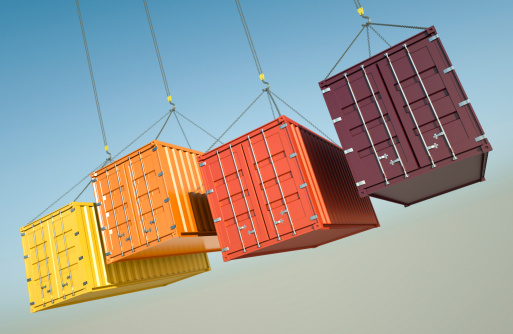Not so long ago, the activity that consumed most time at commercial ports was that of loading and unloading goods to be transported by ship. Back then, ports were populated by stevedores and robust men carrying heavy sacks or crates on their backs that were then loaded onto ships.
Businessmen had to pay not only the cost of the workers’ wages but the cost of having a ship moored at port during days while the goods were being loaded on board.
This scenario radically changed in the 1950s with the arrival of what is known as “containerization”, which refers to the practice of transporting goods in containers of uniform shape and size.
Professor Rama Gopal, from the Bhopal Management Institute of India, explains that “before containerization, cargo had to be loaded into the truck and driven to the port, and later the goods had to be unloaded at the port and reloaded into the ship. This was a cumbersome process, and in consequence, consumed a lot of time. For completing the exercise, ships were detained at port during approximately ten days throughout the entire process of loading and unloading.”
However, with the arrival of containerization “exporters started placing their goods directly into the containers at their own plant. They were then brought to a container yard to be later sent to port. This process has greatly facilitated reducing time and now ships are able to leave the port in a day or two, after unloading the containers and loading them again onto the ship. The containerization process has decongested the formerly crowded ports.”



Follow Us